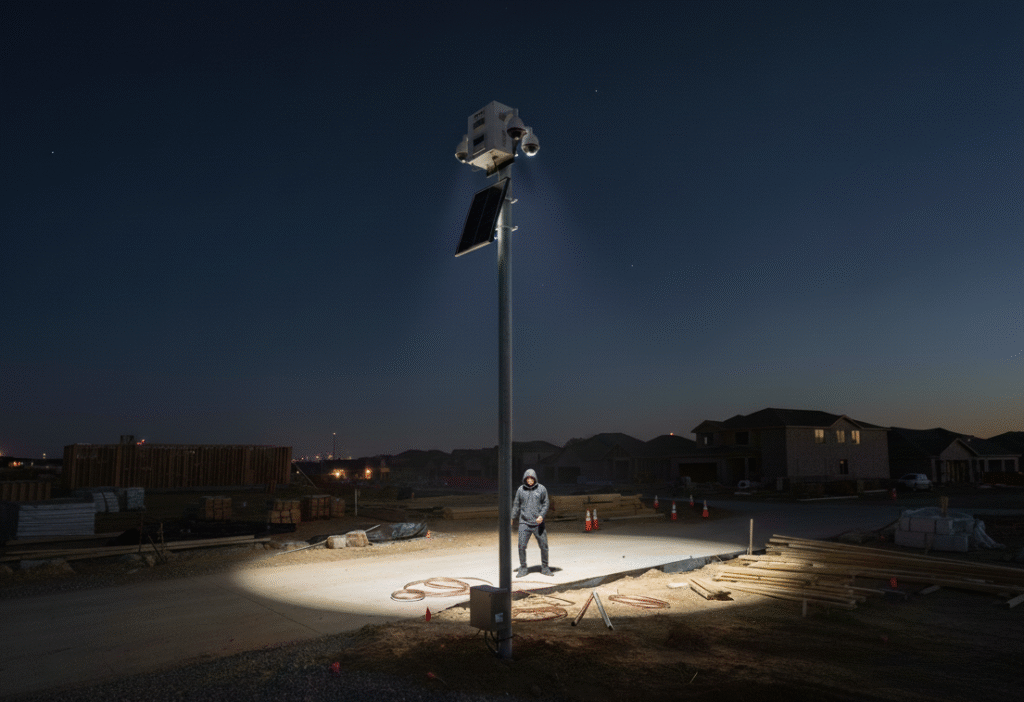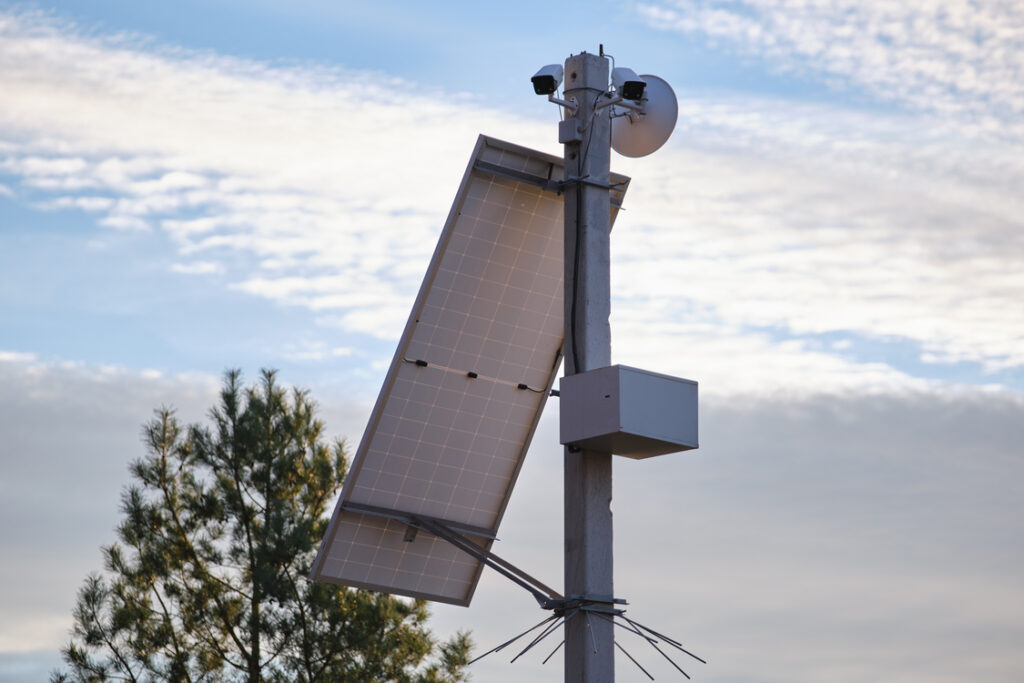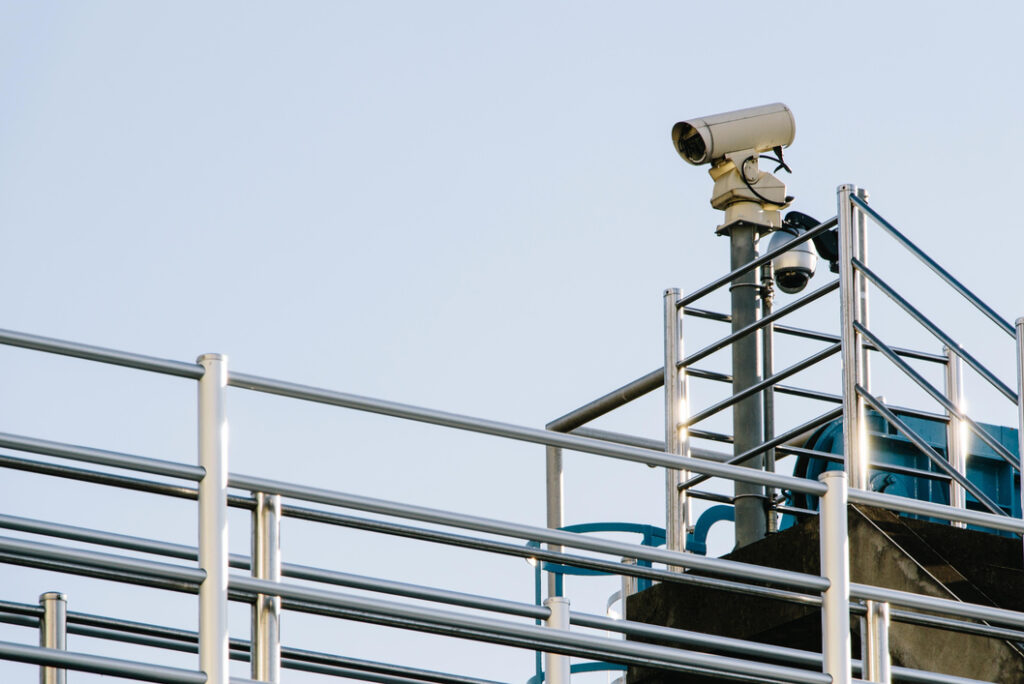Your insurance may replace stolen copper wiring or vandalized equipment, but it won’t pay for what happens next—the delays that ripple through your entire project. When thieves cut copper out of walls or vandals damage critical materials, you don’t just lose the value of what’s stolen. You lose time. You lose productivity. You lose profit. For general contractors operating on thin margins, a single theft-related delay can transform a profitable project into a break-even or losing proposition. This is the hidden cost of jobsite security that most contractors don’t anticipate until it’s too late.
The Real Cost of Construction Delays
When a project falls behind schedule, the financial impact extends far beyond replacing stolen materials. Construction profit margins average between 3-6%, leaving very little room for unexpected costs. Delays caused by theft and vandalism threaten profitability in ways that go largely uninsured.
For example, when thieves steal copper wiring mid-framing:
- Your crew sits idle waiting for replacement materials.
- Your project manager files insurance claims and coordinates new deliveries.
- Electricians reschedule other jobs.
- Subcontractors face gaps in their schedules.
In complex projects, one critical phase delay pushes back every subsequent trade. A week of stolen materials delay can multiply into multiple weeks of downstream impact.
Liquidated Damages: The Real Financial Penalty
Construction contracts often include liquidated damages clauses—financial penalties for exceeding project deadlines. For projects with $2 million contract value and $1,000/day penalty, a 10-day theft-related delay could cost $10,000. With profit margins of 3-6%, this may represent 5-17% of projected profit. Public projects can have even higher daily penalties, making theft-related delays catastrophic.
Consequential damages—like lost rent, lost income, or increased financing costs—can exceed contract value. Delays affecting revenue-generating properties can cost hundreds of thousands of dollars for even modest setbacks.
The Cascade of Costs Theft Creates
Replacement Material Wait Times
Theft of high-value materials (copper, aluminum, lumber) creates days or weeks of delay while waiting for replacements. Competition with other contractors and expedited shipping further compress margins.
Rework and Labor Costs
Vandalism may damage in-place materials, requiring rework. Labor is wasted on replacing damaged work, plus the project moves forward slower.
Equipment Rental Extensions
Theft or vandalism halts work, extending crane, lift, and equipment rental fees. Two-week rentals become three-week rentals at full cost.
Crew Inefficiency and Schedule Padding
After theft, crews adjust to increased monitoring, schedule padding, and documentation for insurance. Productivity erodes across the project.
Insurance Premium Increases
Multiple theft claims can spike insurance premiums, add stricter security requirements, or even reduce coverage eligibility for future projects.
Copper Theft: A Case Study in Hidden Delays
Copper theft illustrates the problem clearly. Thieves not only remove material but damage the structure, affecting fire-rating or thermal performance. This requires multiple trades to rework, inspect, and replace material. The cost of labor far exceeds the replacement cost of the copper.
The Insurance Gap
Insurance covers replacement value of stolen materials but not the resulting delays:
- Liquidated damages from missed deadlines
- Extended labor costs
- Equipment rental extensions
- Subcontractor rebooking fees
- Overtime to recover schedules
- Lost incentives or bonuses
- Indirect management and supervision costs
How Security Cameras Reduce Delay Risk
Advanced jobsite security systems—like fixed camera towers and continuous live monitoring—prevent delays through deterrence and early response.
Deterrence Prevents Incidents
Cameras act as visible deterrents, preventing theft before it occurs. Criminals often bypass monitored sites entirely, eliminating potential delays.
Early Response Minimizes Damage
Live monitoring allows security or law enforcement to respond during theft, reducing damage and minimizing downstream delays.
Documentation Supports Claims
Professional footage accelerates insurance claims, replacement orders, and Extension of Time (EOT) requests, supporting schedule adjustments.
Pattern Recognition and Site Learning
Continuous monitoring identifies patterns of theft, high-risk areas, and timing, enabling adjustments to storage, access control, and shifts to prevent future incidents.
The Business Case for Prevention
One theft can cost $30,000+, while monthly monitoring costs range $500-$2,000 depending on system sophistication. On a 12-month project, $6,000-$24,000 in monitoring can prevent a single major theft, producing high ROI. Preventing delays that trigger liquidated damages or force crew reassignment makes security an essential business tool.
Best Practices for Theft Prevention and Delay Reduction
- Strategic Camera Placement: Monitor high-value material areas, equipment zones, and site entry/exit points. Use multiple angles to prevent blind spots.
- 24/7 Live Monitoring: Monitor high-risk periods like nights, weekends, and early mornings for immediate response.
- Integration with Site Management: Align security with material deliveries and critical project phases for proactive protection.
- Communication with Subcontractors: Inform all subcontractors of monitored sites and include security protocols in agreements.
- Regular Review and Adjustment: Monthly footage review to optimize camera positioning, lighting, and monitoring schedules.
- Material Storage Protocols: Keep high-value materials in secured areas, segregated by phase, reducing theft opportunities.
Conclusion
Construction theft creates hidden delays that can wipe out profits, increase insurance costs, and trigger liquidated or consequential damages. Investing in professional security cameras with live monitoring, deterrents, and smart pattern recognition protects both materials and schedules. The result is reduced delays, preserved profit margins, and more efficient project delivery. Security systems are not just a cost—they are a critical investment in your business continuity and profitability.




